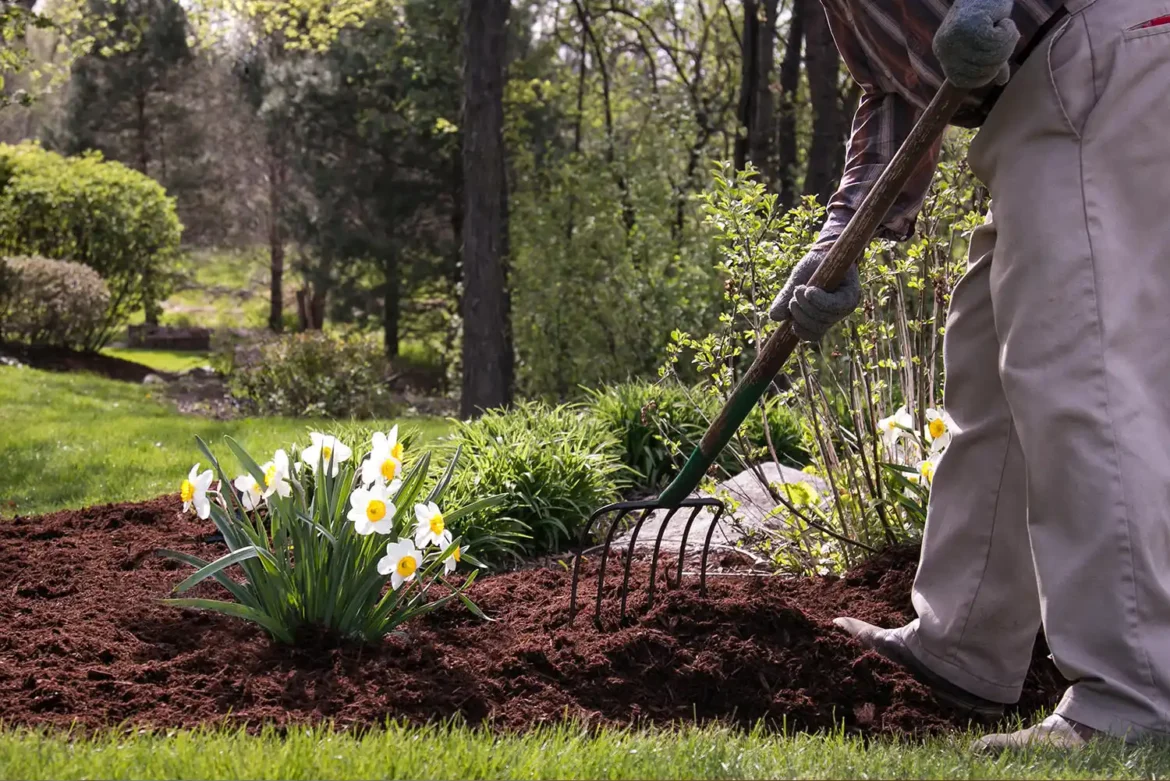Autumn focuses on preparing the garden for colder weather. Leaves can be collected and composted or used as mulch, while tender plants may need to be moved indoors or covered to protect against frost. Bulbs for spring flowering can be planted, and soil should be enriched for the following year. Pruning trees and shrubs after the growing season ensures that plants remain healthy and ready for the next cycle. Autumn preparation reduces stress on plants and prevents damage during winter months.
Winter preparation involves protecting plants, structures, and soil. Frost-sensitive species should be covered, and outdoor furniture stored or protected to prevent weather damage. Mulching and composting continue to enrich the soil, while careful attention to drainage prevents waterlogging. Planning the garden layout, selecting plants for the next growing season, and organising tools during winter allows for a smoother transition into spring, ensuring readiness and efficiency when growth resumes.
Seasonal garden preparation provides a structured approach to outdoor care, keeping gardens healthy, attractive, and productive year-round. By understanding the specific requirements of each season and acting proactively, homeowners can prevent problems, enhance plant health, and enjoy a consistently appealing garden. This routine not only improves the visual and functional aspects of the garden but also encourages a deeper connection with the natural cycles of the year, making gardening a rewarding and continuous pursuit.

